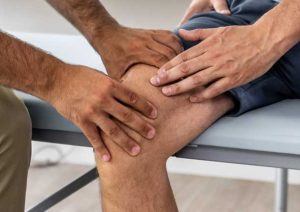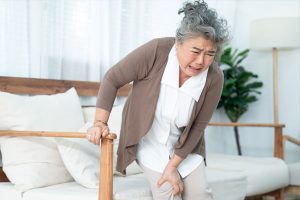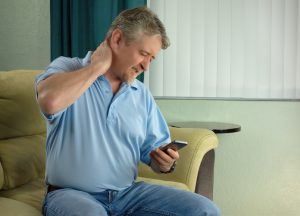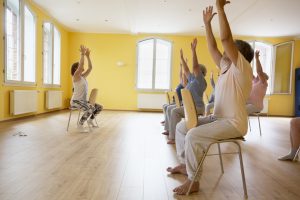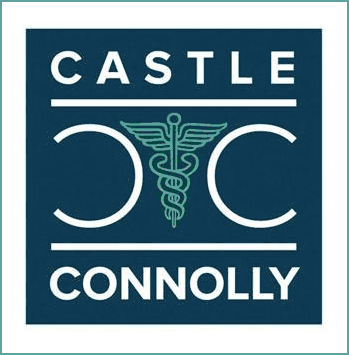
Compression Socks After Surgery: What You Need to Know
Medically Reviewed by Dr. Paulina Piekarska Key Takeaways If you’ve just had surgery, compression socks might seem like a small detail, but they can make a big difference in your recovery. This guide is for post-orthopedic surgery patients looking to optimize recovery and reduce complications. Not only do compression socks improve blood circulation and reduce the risk of blood clots, but they can also help alleviate swelling and discomfort. We’ll explore exactly what compression socks are, and some of the most common questions we get relating to wearing them after surgery. Let’s dive in! What are Compression Socks? Compression socks are specialized socks that are designed to improve blood flow in the legs by applying pressure to the lower limbs. In the medical field, they are commonly used to prevent and treat various conditions such as deep vein thrombosis, edema, and varicose veins. Doctors often recommend them after surgery because they help reduce swelling, boost circulation, and lower your risk of complications. Compression socks come in a variety of styles and strengths, and should be worn as directed by a healthcare provider. Most Common Questions About Wearing Post-Surgical Compression Socks: Why do I need to wear compression socks after surgery? Compression socks are designed to help improve blood flow and circulation in the legs. They do this by applying pressure to the legs in a graduated manner, with the most pressure at the ankle and gradually decreasing up the leg. This helps to push blood and other fluids back up toward the heart, reducing the risk of blood clots and swelling in the legs. Compression socks are often used by people who spend a lot of time sitting or standing, such as travelers, office workers, and people with varicose veins or other circulation problems. They can also be helpful for





